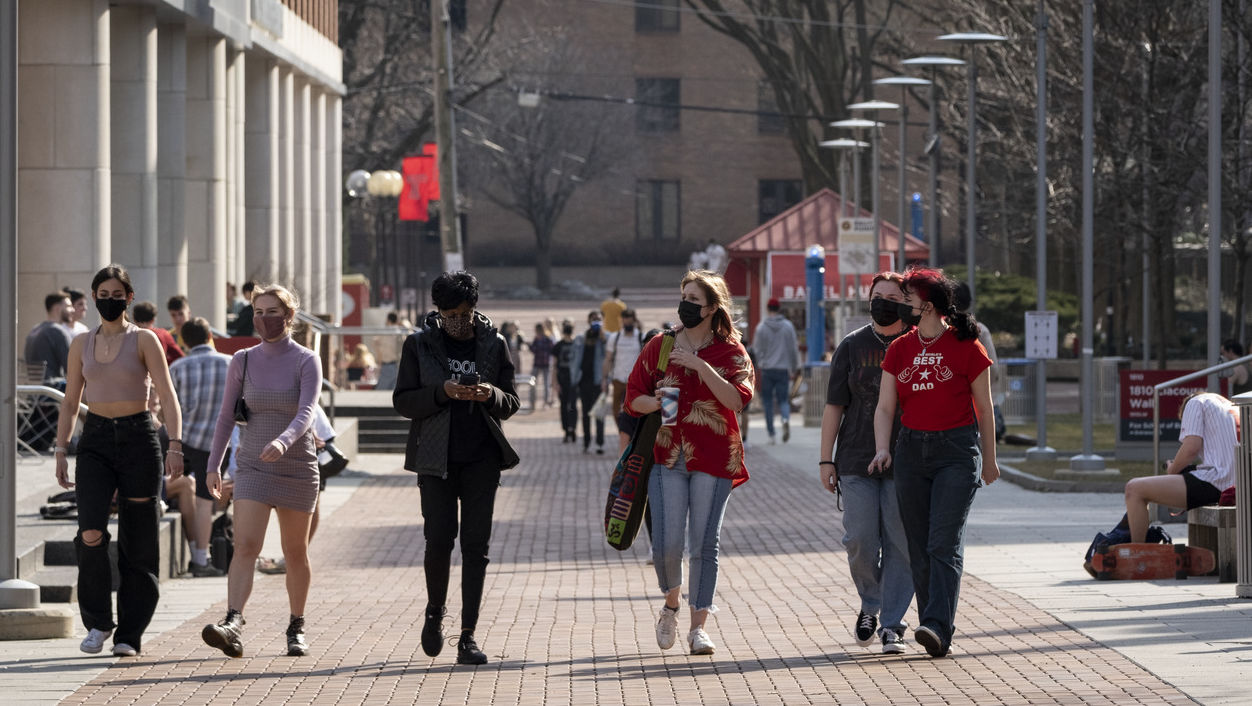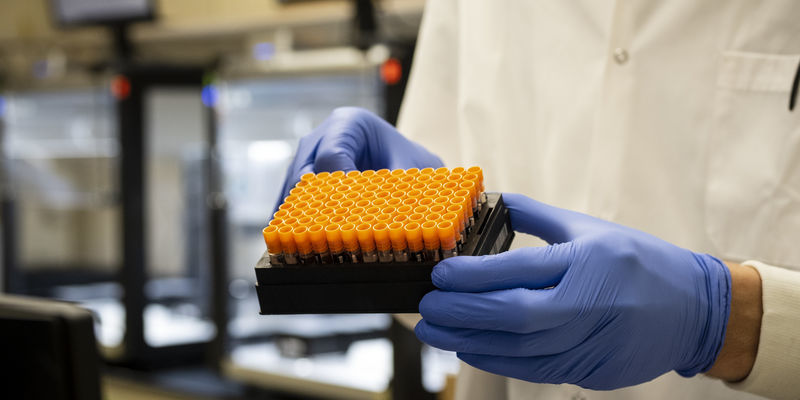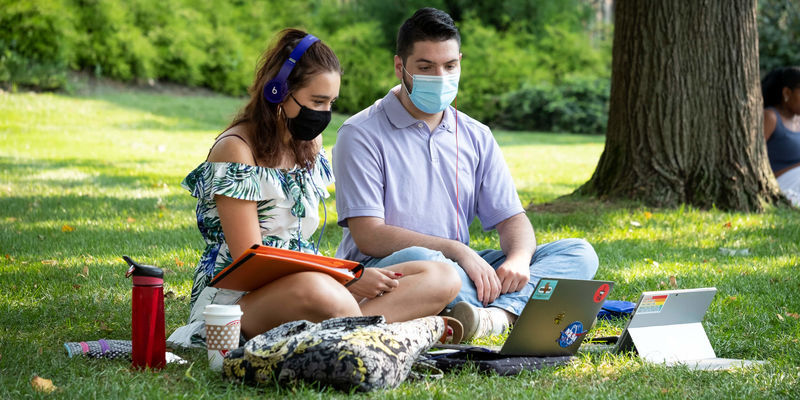Temple has disbursed more than $14 million in COVID-19 relief assistance
Students demonstrating the greatest need were provided with grants of $1,000 each.

In March, thousands of Temple students who demonstrated the greatest financial need shared a piece of the $21.2 billion distributed nationally in higher education pandemic assistance approved by the federal government late last year.
The Coronavirus Response and Relief Supplemental Appropriations Act (CRSSA) is the second federal COVID-19 stimulus bill to include funding for higher education institutions and students using the Higher Education Emergency Relief Fund (HEERF) established in the Coronavirus Aid, Relief and Economic Security (CARES) Act, which was signed into law last spring by President Trump.
Now, as part of CRSSA, Temple has disbursed a total of $14,550,985 to 16,201 students who are enrolled for the spring 2021 semester—including those pursuing undergraduate, graduate and professional degrees—through HEERF II.
“The impact of the pandemic has been a significant stress on our students and our university,” said Temple President Richard M. Englert. “This latest round of COVID-19 relief funding will make an important difference in ensuring our students can continue their education.”
HEERF II funding must be prioritized to provide emergency grants to college students with exceptional financial need. The grants may be used for any component of a student’s cost of attendance or for emergency costs that have arisen due to the coronavirus, such as tuition, food, housing, healthcare (including mental healthcare) or child care.
“An example would be a student who was not able to work due to COVID-19, but they still obviously have bills to pay as well as basic necessities to purchase,” said Emilie Van Trieste, director of Student Financial Services at Temple. “Or they can use the funds to pay for tuition should they still owe the university.”
To help those students with the greatest need, 7,282 Temple students who qualified as Federal Pell grant recipients received a HEERF II grant amount of $1,000 each. Other students in need, who were identified through their Free Application for Federal Aid (FAFSA) filing, received $815 each. Remaining funding is being allocated to approximately 200 Temple University, Japan Campus, students.
“As the financial aid director, I’m responsible for ensuring that this money goes directly to students, so that they can use it as emergency relief,” said Van Trieste. “Once we received it, we were able to turn around and distribute it to students very quickly following the same process we used to last spring.”
In March 2020, Temple was one of the first institutions to distribute funds it received via the CARES Act, sending approximately the same amount as this year, more than $14.5 million, directly to students. The $1.9 trillion American Rescue Plan Act, signed into law by President Biden on March 11, 2021, includes another nearly $40 billion to the HEERF for distribution to institutions of higher education across the country. The university is expecting to receive nearly $38 million for students.
“To receive the CRRSA funds, all students who were currently enrolled were encouraged to file a FAFSA, if they had not already done so,” explained Van Trieste. “Then those students who filed received an invitation via TUportal to fill out a survey of their current financial need and we used those responses to identify recipients.”
In fact, it was not difficult to find students in need of the funding, said Shawn Abbott, vice provost for admissions, financial aid and enrollment management.
“The truth is there’s no shortage of students at Temple in financial need,” he said. “These HEERF dollars are critical to supporting our students and allowing them to continue their pursuit of a college degree as they navigate the financial effects of COVID.”



